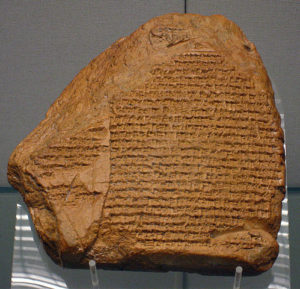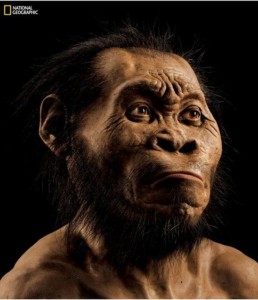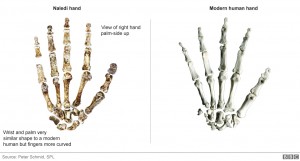Are Scientific Discoveries Consistent With The Biblical Flood?

Are modern scientific discoveries consistent with the Biblical flood? Many “experts” view the Biblical flood account as a myth. The Bible records the global flood of about 4,400-5,500 years ago in Genesis chapters 6-8, when:
“For forty days the flood kept coming on the earth, and as the waters increased they lifted the ark high above the earth. The waters rose and increased greatly on the earth, and the ark floated on the surface of the water. They rose greatly on the earth, and all the high mountains under the entire heavens were covered. The waters rose and covered the mountains to a depth of more than fifteen cubits. Every living thing that moved on land perished—birds, livestock, wild animals, all the creatures that swarm over the earth, and all mankind. Everything on dry land that had the breath of life in its nostrils died. Every living thing on the face of the earth was wiped out; people and animals and the creatures that move along the ground and the birds were wiped from the earth. Only Noah was left, and those with him in the ark. The waters flooded the earth for a hundred and fifty days.”—Genesis 7:17-24 NIV


